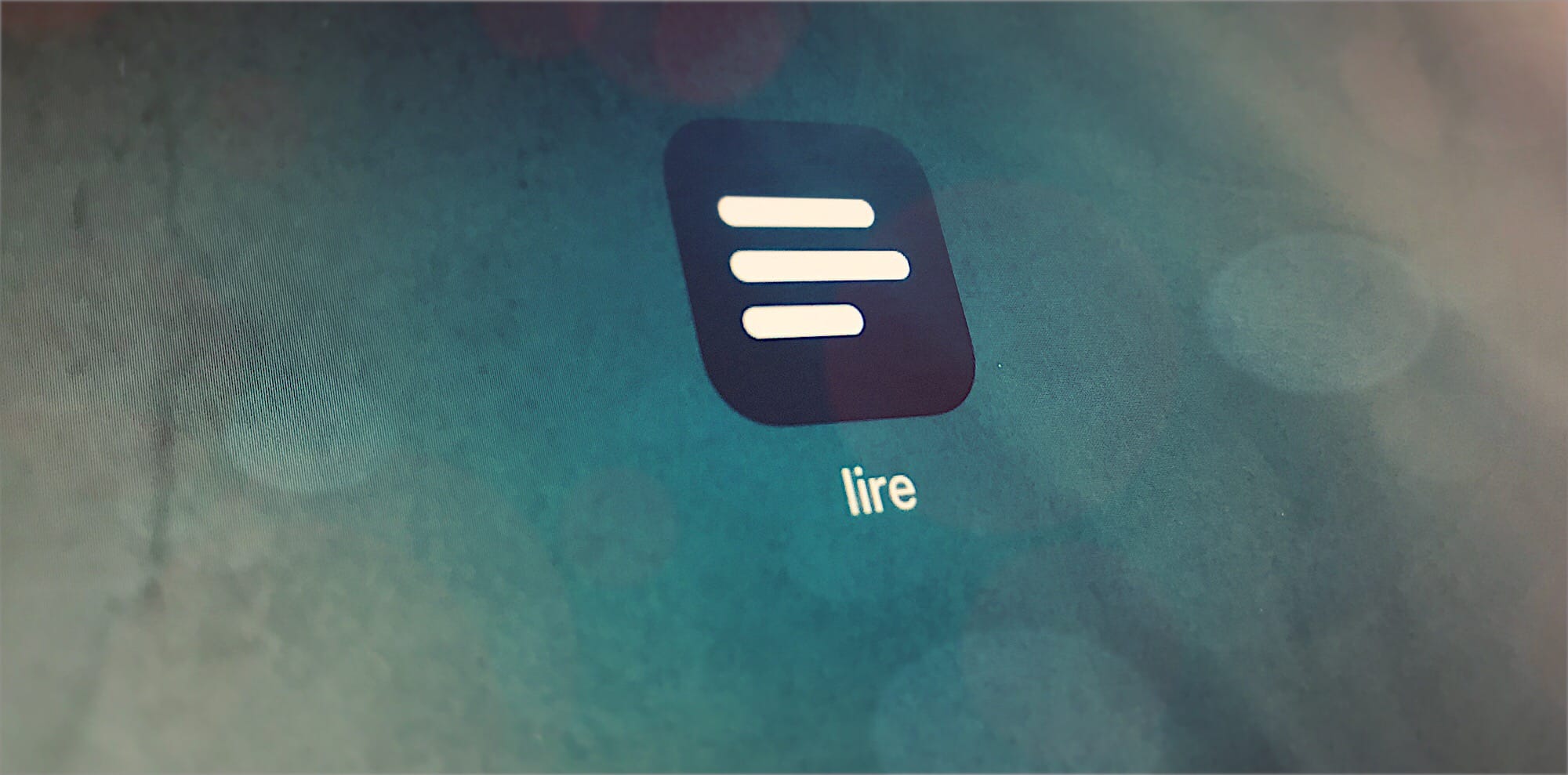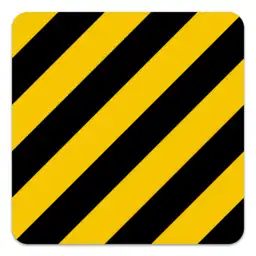Dropshelf 1 3 3 – Makes Dragging And Dropping Easier
- Drop Shelf 1 3 3 – Makes Dragging And Dropping Easier People
- Drop Shelf 1 3 3 – Makes Dragging And Dropping Easier Every
Learn how to create a Drag and Drop question! Drag and Drop allows students to produce a response through simple interactions (i.e. By moving one or more objects to a set location).
Dropshelf makes dragging and dropping easier by providing a resting place for draggable items. Just drag an item to the edge of the screen, and a ‘shelf’ smoothly slides out. Drop images, URLs, and text clippings on the shelf to keep them handy while you find a window or switch apps. Make sure the user interface is easy to understand. Don’t make it difficult for your workers to answer test questions correctly simply because they can’t figure out the different buttons on the screen. Make sure your questions are written in a clear, easy-to-understand manner. Review your questions for things like grammar and other.
- Dropshelf makes dragging and dropping easier by providing a resting place for draggable items. Just drag an item to the edge of the screen, and a ‘shelf’ smoothly slides out. Drop images, URLs, and text clippings on the shelf to keep them handy while you find a window or switch apps.
- If you consider 'drag and drop' as a single, atomic action, then inflecting the action as a unit makes perfect sense; you are 'drag-and-dropping' your item. If, on the other hand, the drag and the drop are two separate elements of the overall action sequence, you need to perform each element in sequence, and inflecting each verb is required.
Drop Shelf 1 3 3 – Makes Dragging And Dropping Easier People
In computergraphical user interfaces, drag and drop is a pointing device gesture in which the user selects a virtual object by 'grabbing' it and dragging it to a different location or onto another virtual object. In general, it can be used to invoke many kinds of actions, or create various types of associations between two abstract objects.
Casino games download for mobile. As a feature, drag-and-drop support is not found in all software, though it is sometimes a fast and easy-to-learn technique. However, it is not always clear to users that an item can be dragged and dropped, or what is the command performed by the drag and drop, which can decrease usability.[1]
Actions[edit]
The basic sequence involved in drag and drop is:
- Move the pointer to the object
- Press, and hold down, the button on the mouse or other pointing device, to 'grab' the object
- 'Drag' the object to the desired location by moving the pointer to this one
- 'Drop' the object by releasing the button
Dragging requires more physical effort than moving the same pointing device without holding down any buttons. Because of this, a user cannot move as quickly and precisely while dragging (see Fitts' law). However, drag-and-drop operations have the advantage of thoughtfully chunking together two operands (the object to drag, and the drop location) into a single action.[2]Extended dragging and dropping (as in graphic design) can stress the mousing hand.
A design problem appears when the same button selects and drags items. Imprecise movement can cause an attempt to select an object to register as a dragging motion.

Drop Shelf 1 3 3 – Makes Dragging And Dropping Easier Every
Another problem is that the target of the dropping can be hidden under other objects. The user would have to stop the dragging, make both the source and the target visible and start again. In classic Mac OS the top-of-screen menu bar served as a universal 'drag cancel' target. This issue has been dealt with in Mac OS X with the introduction of Exposé.
In Mac OS[edit]
Drag and drop, called click and drag at the time, was used in the original Macintosh to manipulate files (for example, copying them between disks[3] or folders.[4]). System 7 added the ability to open a document in an application by dropping the document icon onto the application's icon.
In System 7.5, drag and drop was extended to common clipboard operations like copying or moving textual content within a document. Content could also be dragged into the filesystem to create a 'clipping file' which could then be stored and reused.
Contexts 3 4 2 – fast window switcher kit. For most of its history Mac OS has used a single button mouse with the button covering a large portion of the top surface of the mouse. This may mitigate the ergonomic concerns of keeping the button pressed while dragging.
In OS/2[edit]
The Workplace Shell of OS/2 uses dragging and dropping extensively with the secondary mouse button, leaving the primary one for selection and clicking.Its use like that of other advanced Common User Access features distinguished native OS/2 applications from platform-independent ports.
In HTML[edit]
The HTML5 working draft specification includes support for drag and drop.[5] HTML5 supports different kinds of dragging and dropping features including:
- Drag and Drop texts and HTML codes
- Drag and Drop HTML elements
- Drag and Drop files
Based on needed action, one of the above types can be used. Note that when an HTML element is dragged for moving its current position, its ID is sent to the destination parent element; so it sends a text and can be considered as the first group.
Google's web-based e-mail application Gmail supports drag-and-drop of images and attachments in the latest Google Chrome browser and Apple's Safari (5.x). And Google Image search supports drag & drop.
On a touch screen[edit]
Touch screen interfaces also include drag and drop, or more precisely, long press, and then drag, e.g. on the iPhone or Android home screens.
iOS 11 implements a drag-and-drop feature which allows the user to touch items (and tap with other fingers to drag more) within an app or between apps on iPads.[6] On iPhones, the functionality is only available within the same app that the user started the drag.[7]
In end-user programming[edit]
Drag and drop is considered an important program construction approach in many end-user development systems. In contrast to more traditional, text-based programming languages, many end-user programming languages are based on visual components such as tiles or icons that are manipulated by end users through drag-and-drop interfaces. AgentSheets,[8] a programming environment for kids, introduced the modern notion of drag and drop blocks programming providing 4 core affordances: 1) Blocks that are end-user composable, 2) blocks are end-user editable, 3) blocks can be nested to represent tree structures, 4) blocks are arranged geometrically to define syntax. Drag and drop is also featured in many shader editing programs for graphics tools, such as Blender.[9] Imac 8 1 mojave. Drag and drop also features in some video game engines, including Unreal Engine, GameMaker Studio, Construct 2 and, with expansion, Unity (game engine).
Examples[edit]
A common example is dragging an icon on a virtual desktop to a special trashcanicon to delete a file.
Further examples include:
- Dragging a data file onto a programicon or window for viewing or processing. For instance, dropping an icon that represents a text file into a Microsoft Word window signifies 'Open this document as a new document in Word'
- Moving or copying files to a new location/directory/folder,
- Adding objects to a list of objects to be processed,
- Rearranging widgets in a graphical user interface to customize their layout,
- Dragging an attribute onto an object to which the command is to be applied,
- e.g. dragging a color onto a graphical object to change its color,
- Dragging a tool to a canvas location to apply the tool at that location,
- Creating a hyperlink from one location or word to another location or document.
- Most word processors allow dragging selected text from one point to another.
- Dragging a series of code blocks such as in Blender for designing shaders and materials.
See also[edit]
References[edit]
- ^Jakob Nielsen, 'Top-10 Application-Design Mistakes,' http://www.useit.com/alertbox/application-mistakes.html (19 February 2008).
- ^Buxton, W. (1986). 'Chunking and Phrasing and the Design of Human-Computer Dialogues'. Proceedings of the IFIP World Computer Congress. pp. 475–480. Archived from the original on 7 June 2004.
- ^'Disk Swapper's Elbow'. folklore.org.
- ^'The Grand Unified Model (2): The Finder'. folklore.org.
- ^'HTML5 W3C Working Draft'. w3.org.
- ^'iPad Drag and Drop, Multitasking, and Split View in iOS 11: Everything you need to know!'. iMore. Retrieved 10 October 2017.
- ^Vincent, James (7 June 2017). 'The iPhone is also getting drag and drop with iOS 11'. The Verge. Retrieved 23 June 2017.
- ^'Moving Beyond Syntax: Lessons from 20 Years of Blocks Programing in AgentSheets'(PDF). Journal of Visual Languages and Sentient Systems. Archived from the original(PDF) on 28 April 2019. Retrieved 29 November 2018.
- ^'Render – Blender Reference Manual'. blender.org. Archived from the original on 23 March 2015. Retrieved 24 January 2014.
The phrase drag-and-drop describes the action of selecting an object or section of text, moving it (dragging), and then placing it (dropping) into an alternate area. For example, to drag-and-drop an object, such as an icon, you first move your mouse cursor over it. Then, press and hold down the left mouse button, move the object to the location you desire, and release the mouse button to set it down.
NoteDragging and dropping an object or file actually moves it to the new location; it does not make a copy.

How to drag-and-drop on a desktop or laptop
In the image below, you can see the three-step process used to highlight, drag, and then drop files into another location.
TipHolding down the Ctrl key while dragging and dropping text or another object copies the object or text.
TipIn Microsoft Windows, if you drag-and-drop with the right mouse button rather than the left mouse button, you are prompted with a menu. This menu gives you options to either 'copy here,' 'move here,' or 'create a shortcut here.'
How to drag-and-drop on a tablet or smartphone
Locate the app, file, or folder you'd like to move. Press and hold your finger on the object. Slide your finger across the screen until you have the item where you want to place it, then lift your finger.
Related pages
Click, Mouse pointer, Mouse terms